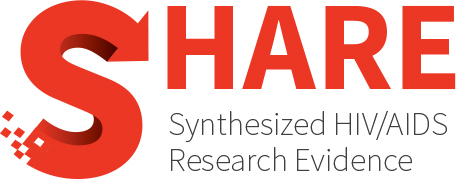Strategies to link people with undiagnosed HIV infection to HIV testing, care, and prevention services
Abstract
Key take-home messages
- A variety of strategies have shown promise for identifying individuals with undiagnosed HIV and engaging them with HIV testing using clinical, community-based, network-based, and self-directed approaches.
- Various service delivery models for implementing rapid initiation of antiretroviral treatment have demonstrated benefits for linking the newly HIV diagnosed to care.
- Integrated programs, using a combination of strategies tailored to specific populations, jurisdictions, and characteristics of local epidemics, may effectively identify previously undiagnosed cases of HIV infection, link them to care, and address barriers. These could include routine opt-out testing in clinical or alternative health care settings (such as correctional health clinics), social network testing in the community, updating HIV testing technologies (e.g. fourth-generation testing), partner notification services, or developing navigation and other linkage, retention, and reengagement programs.
Authors
The Ontario HIV Treatment Network: Rapid Response Service
Year
2019
Topics
- Population(s)
- General HIV+ population
- Engagement and Care Cascade
- Linkage/engagement in care
- Retention in care
- Treatment
- Prevention
- Biomedical interventions
- Testing
- Testing
- Health Systems
- Delivery arrangements
